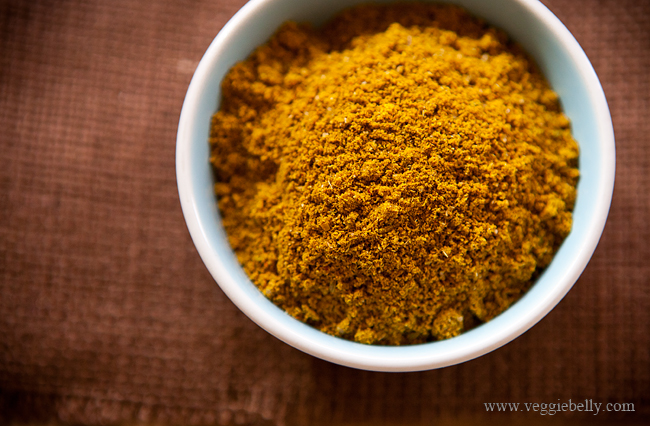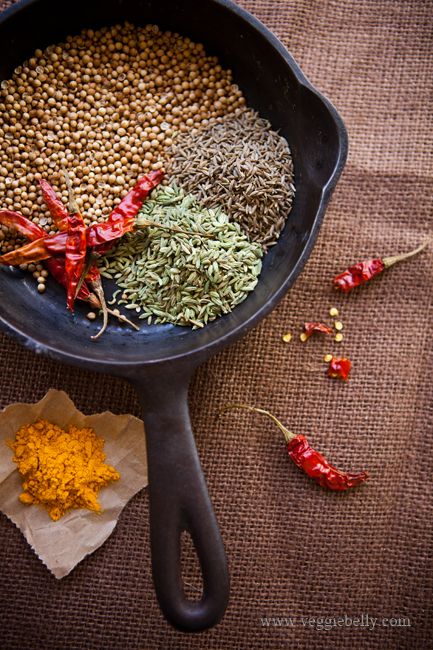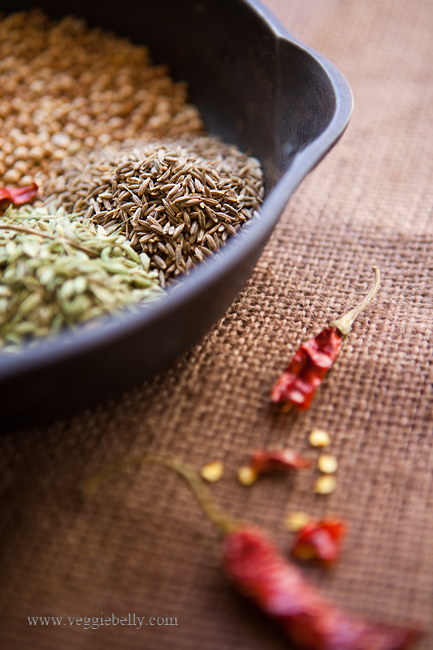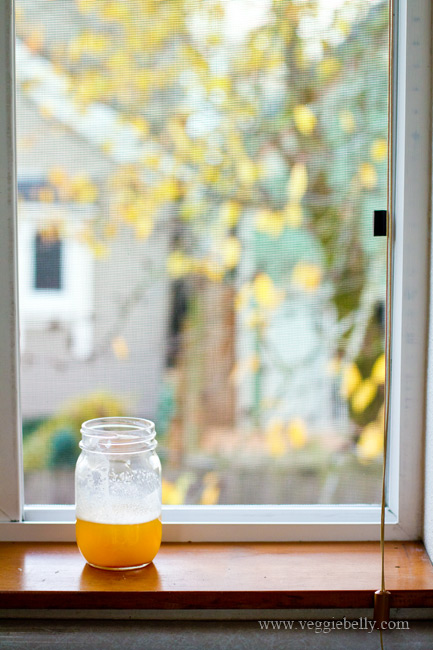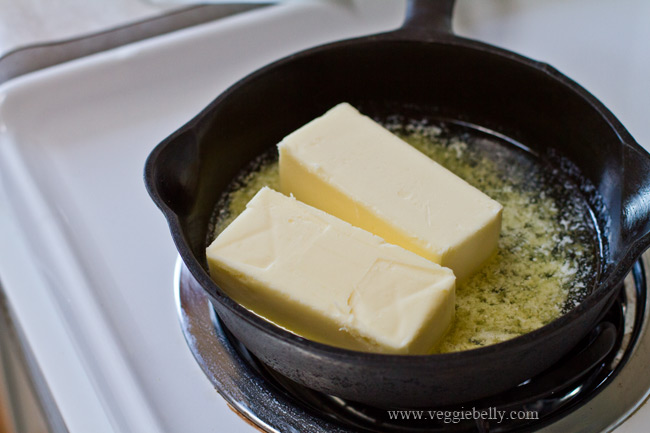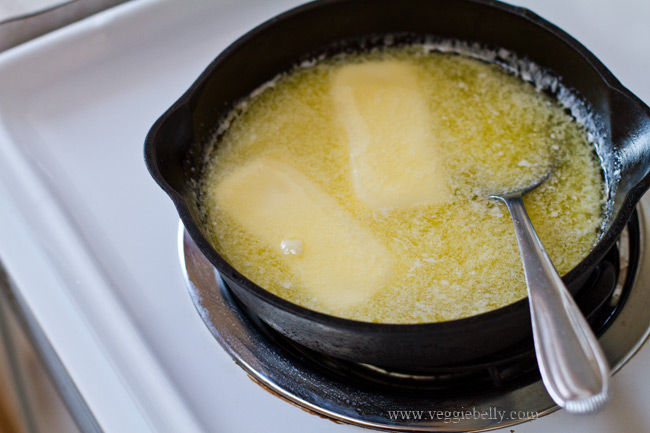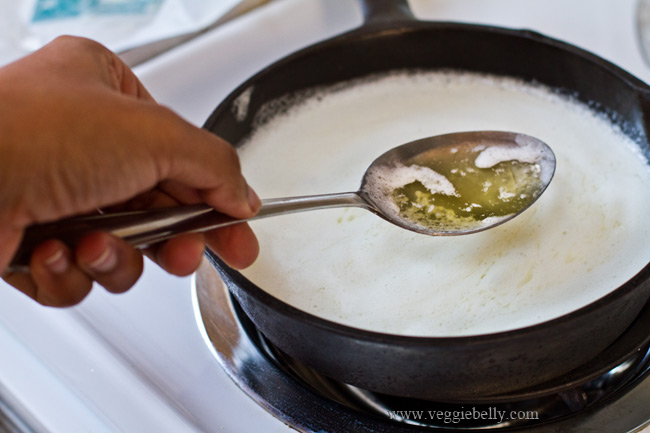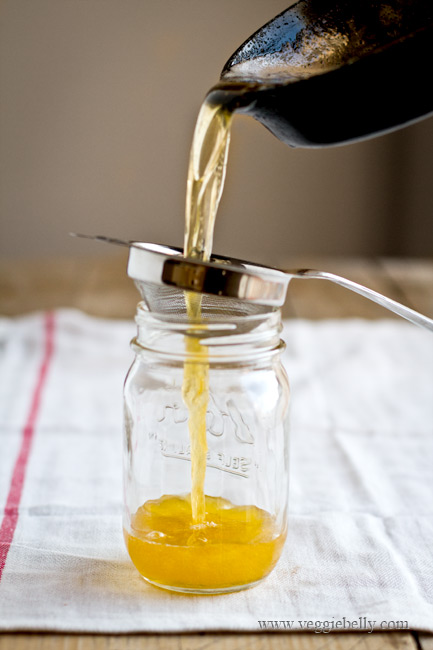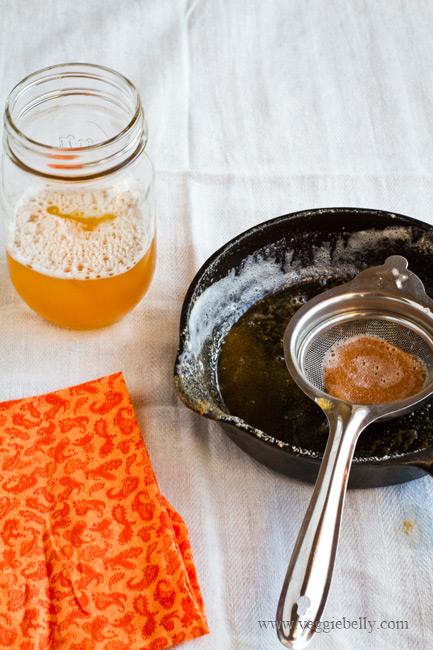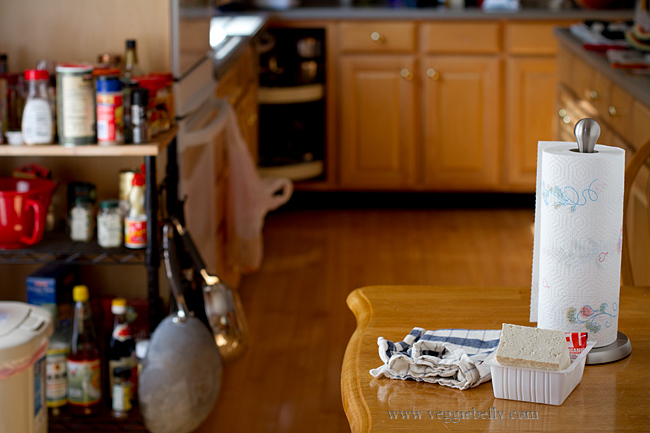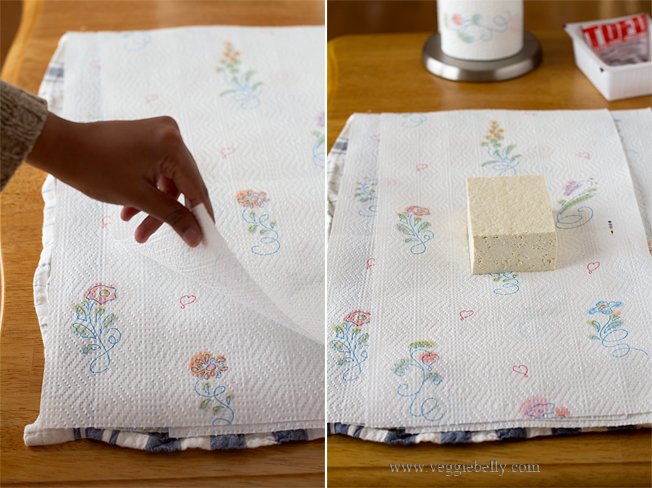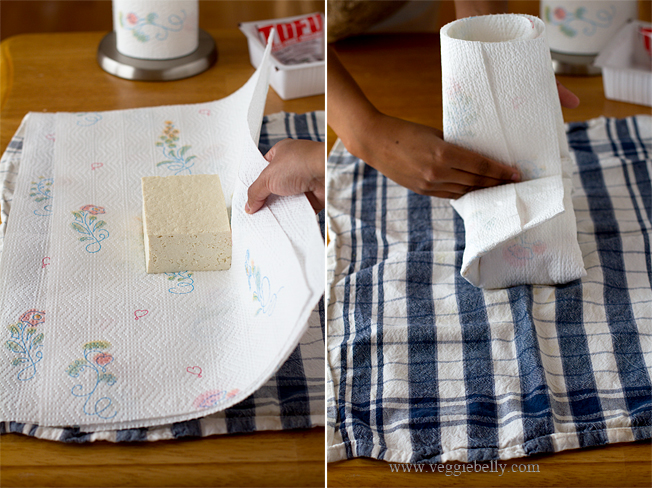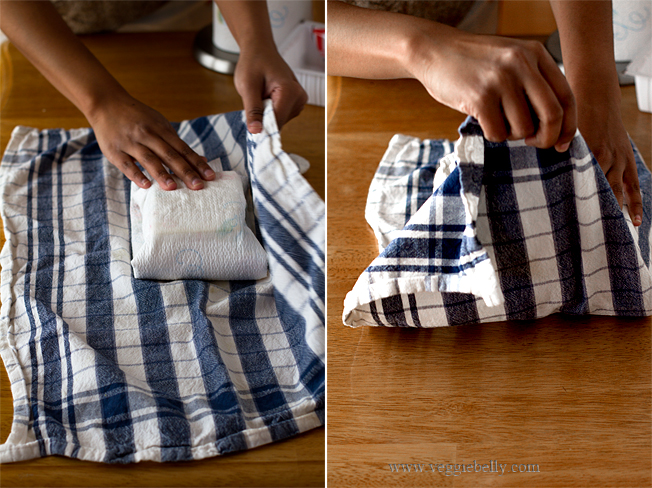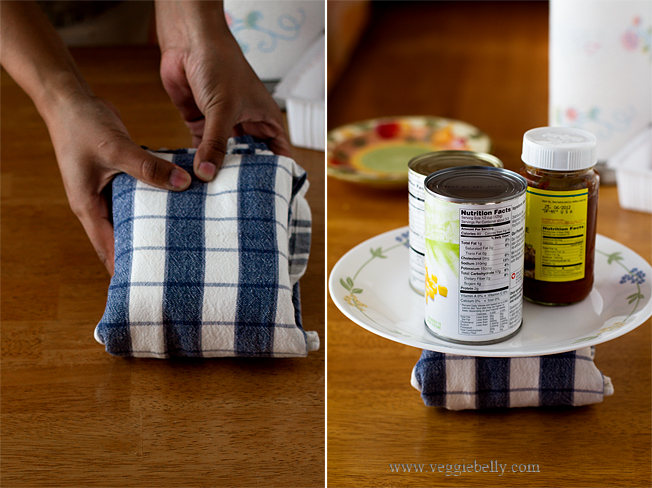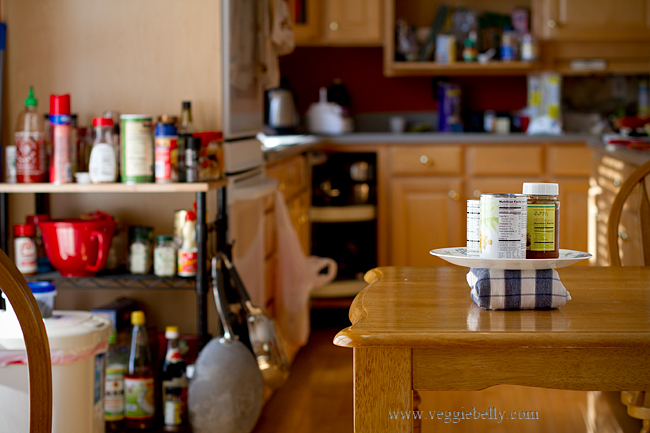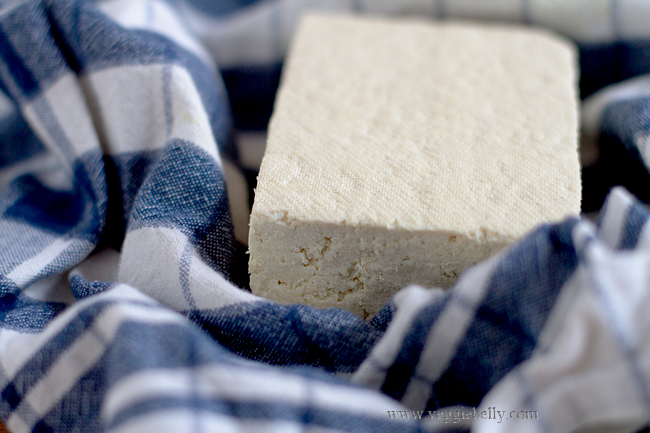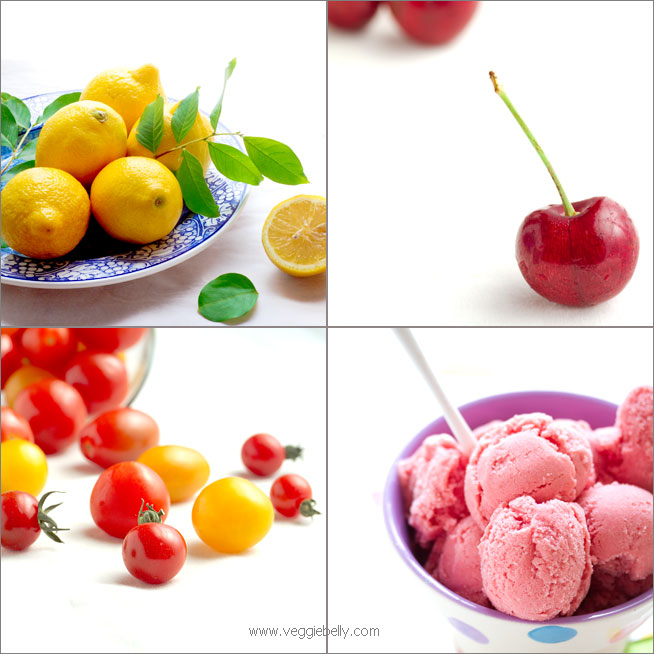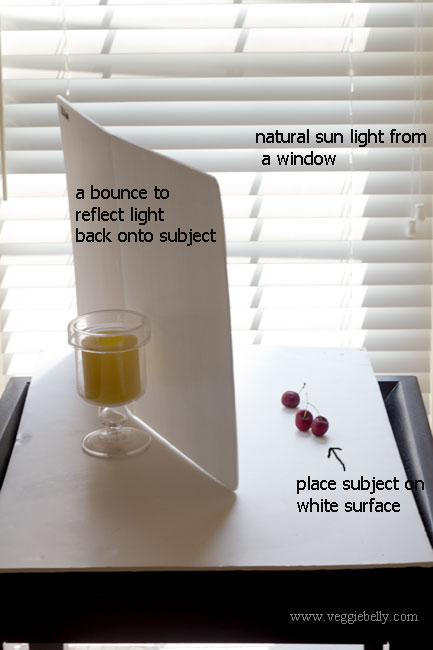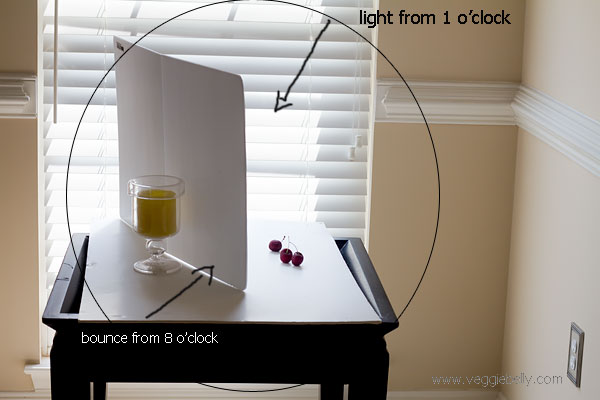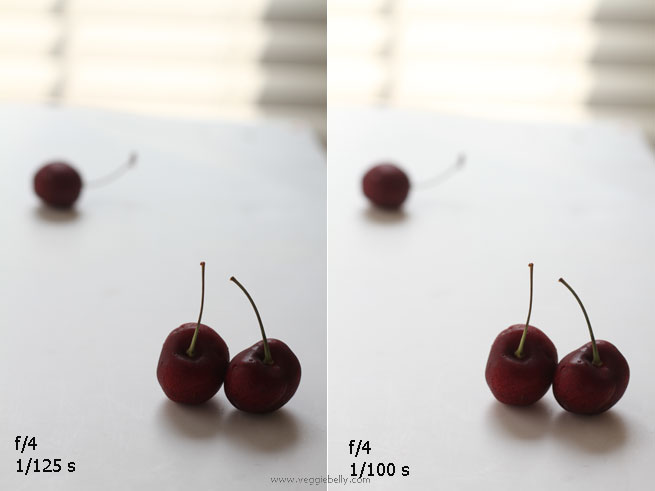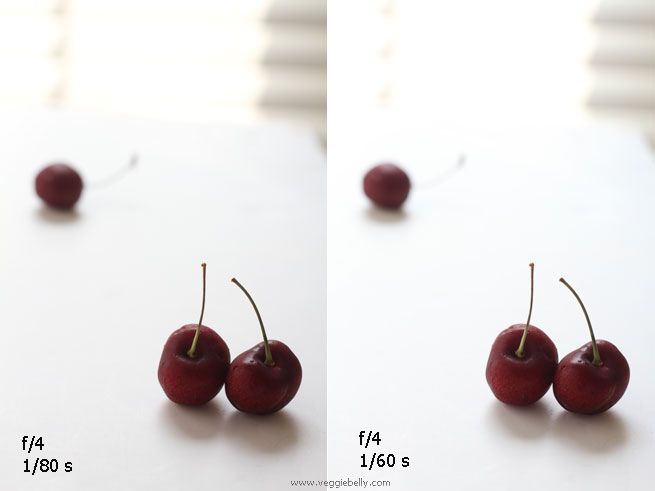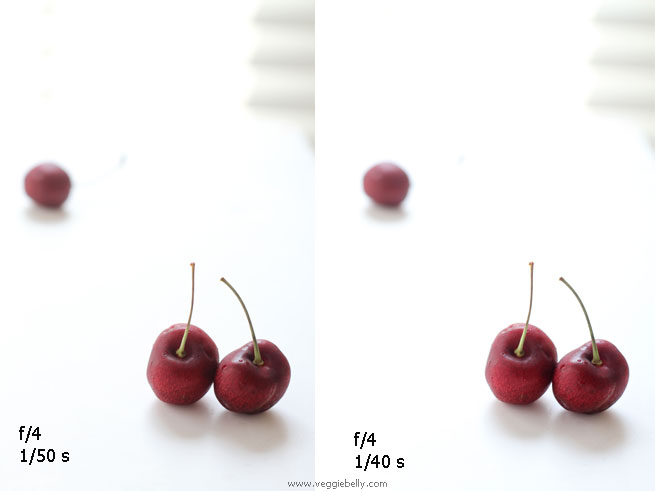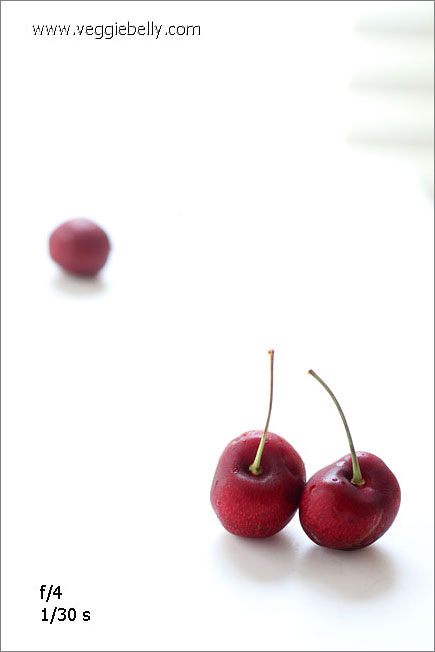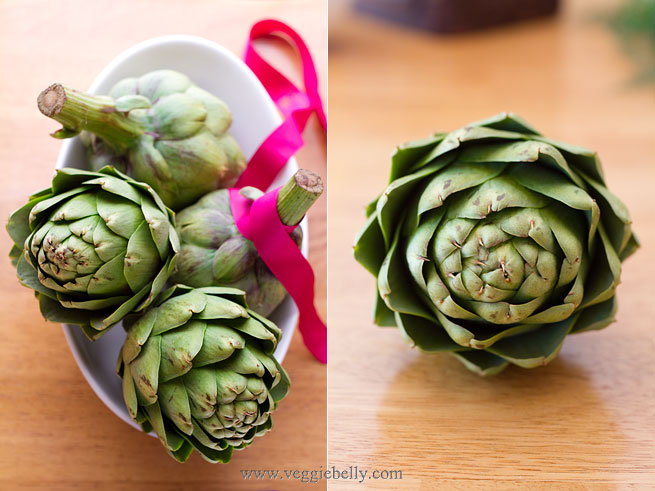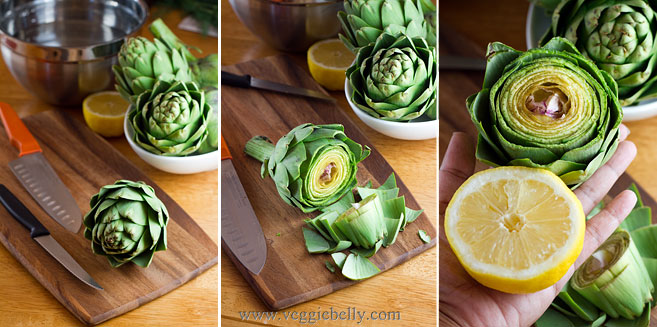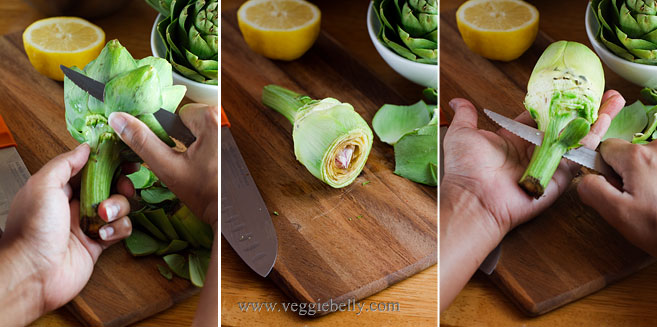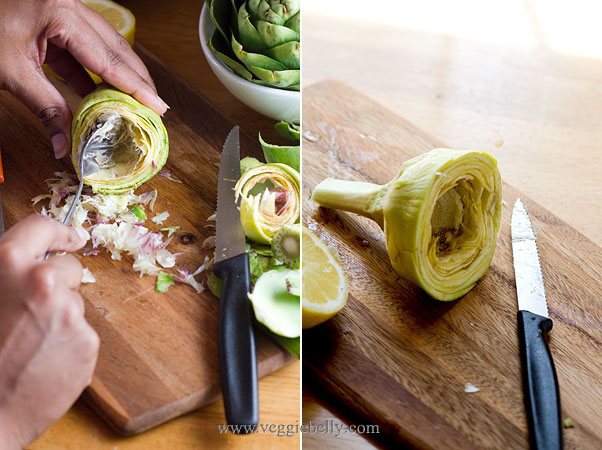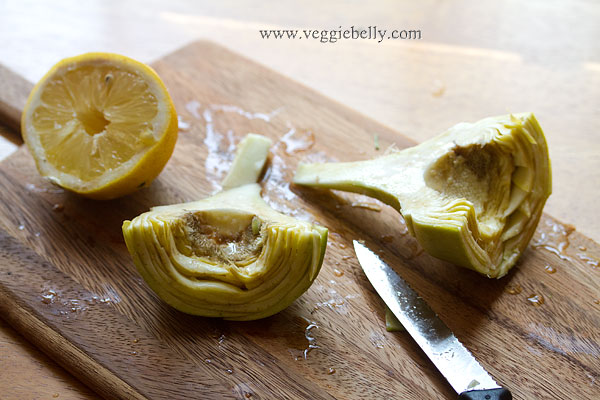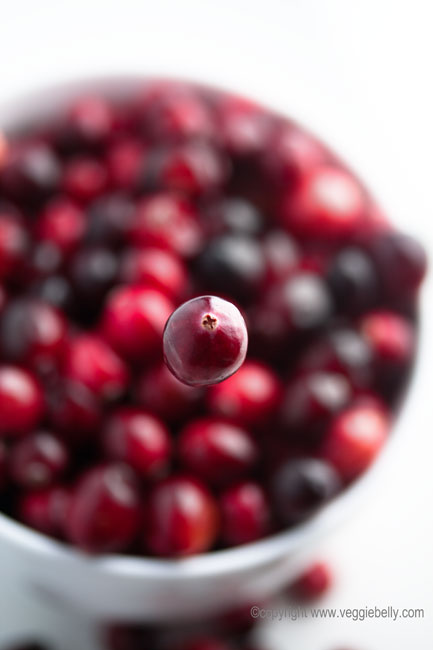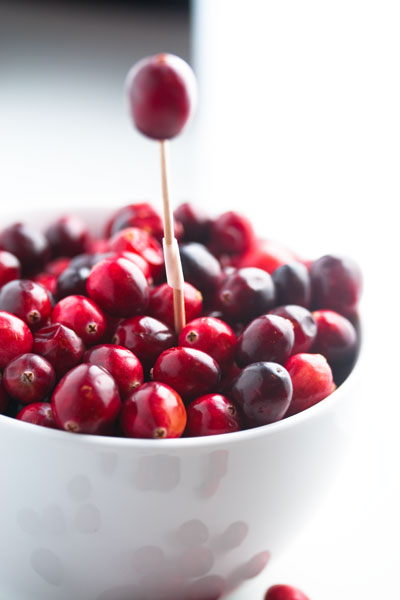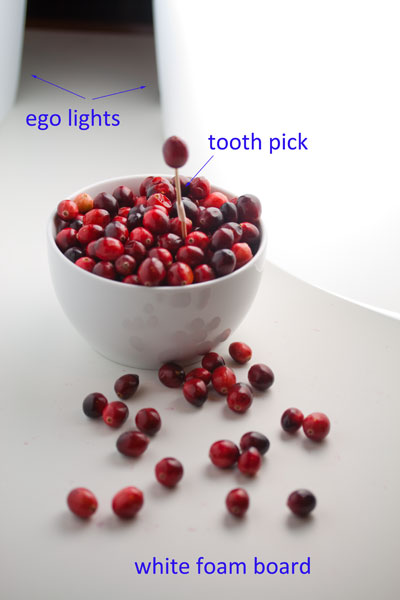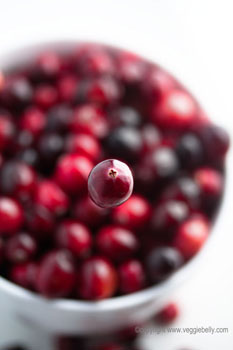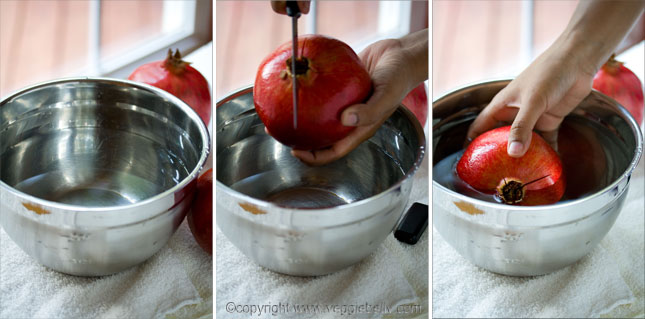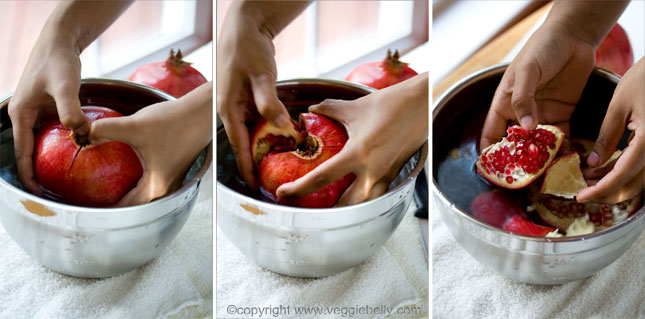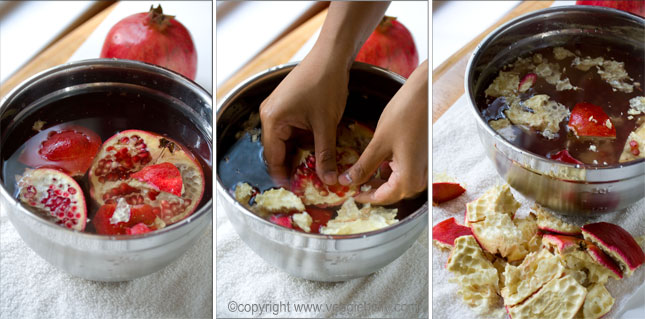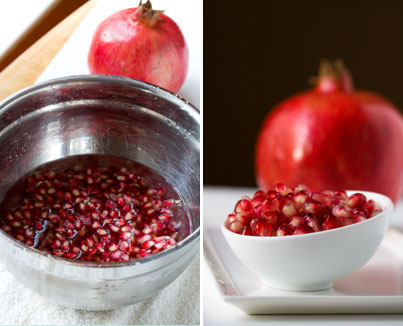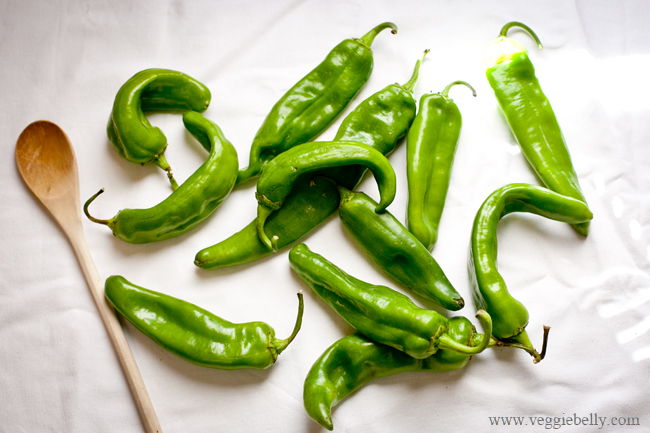
Hatch chiles are a type of green chile from Hatch valley, New Mexico. They are in season now and I picked up several pounds on sale. I’ve home roasted the hatch chiles on a skillet and frozen them, so I can enjoy them year round. Hatch chiles are generally mild, although you may get a hot one every now and then. And they smell heavenly when roasting. My kitchen was filled with their smoky aroma all day. I use roasted hatch chiles for all sort of things – on burgers, in pasta, in stews, in quasadillas, eggs…the possibilities are endless.
Hatch chile season is short. So go buy some now and roast them right away; you wont regret it!
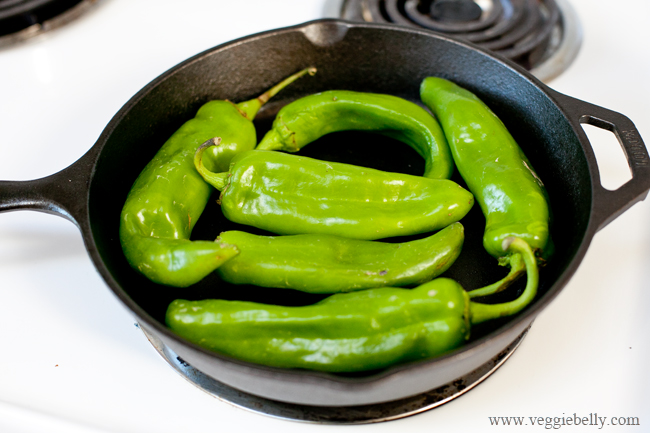 I like to use a cast iron skillet for roasting Hatch chiles, because it is heavy and conducts heat evenly. But any heavy skillet will do.
I like to use a cast iron skillet for roasting Hatch chiles, because it is heavy and conducts heat evenly. But any heavy skillet will do.
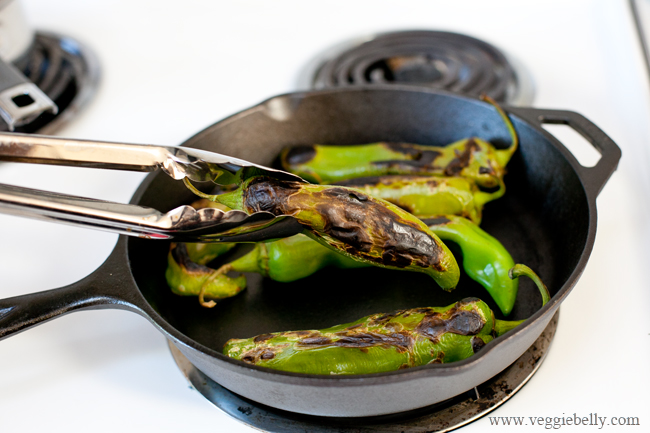 Roast the hatch chiles in a single layer until they are charred on both sides.
Roast the hatch chiles in a single layer until they are charred on both sides.
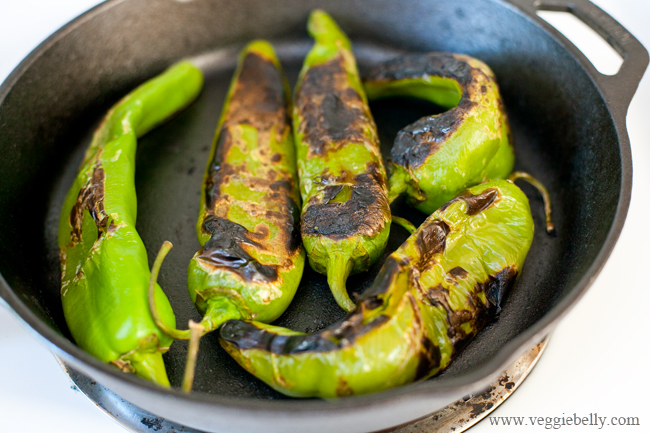 Make sure most the surface is charred.
Make sure most the surface is charred.
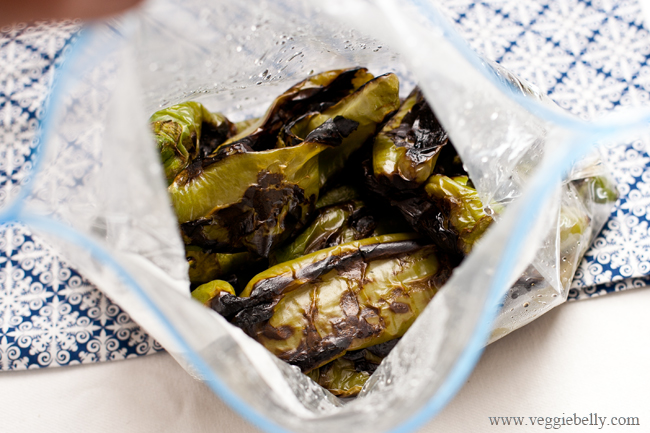 Put the charred chiles in a ziplock bag. Close the bag. The chiles will steam in the bag. And the steam will loosen their skins, making it easy for you to peel.
Put the charred chiles in a ziplock bag. Close the bag. The chiles will steam in the bag. And the steam will loosen their skins, making it easy for you to peel.
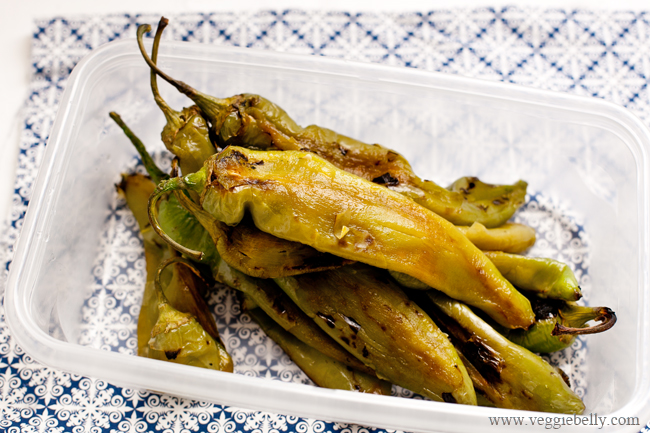 Let the chiles sit in the bag until the skins loosen and they are cool enough to handle. Then peel away and discard the skin. You will now have succulent, home-roasted Hatch chiles.
Let the chiles sit in the bag until the skins loosen and they are cool enough to handle. Then peel away and discard the skin. You will now have succulent, home-roasted Hatch chiles.
Should you seed roasted Hatch chiles or keep the seeds? That’s up to you. The seeds contain some heat. So if you want things to be mild, seed the chiles. To do this, cut the chile vertically in half. Scrape away and discard the exposed seeds. Now chop up the chiles.
I love the flavor and heat of hatch chiles seeds, so I keep all the seeds!
Once chopped, spoon the chiles into smaller freezer bags. (Make sure the chiles are completely cool before feezing!). Gently press out the air. Seal the bag well. Date and label the freezer bag, and place it in the freezer.
How to use Hatch chiles
Green Chile Breakfast Quesadillas from New York Times. A comforting, Santa Fe style brunch dish.
Hatch chile apple cobbler from Homesick Texan. Apples, cinnamon and chiles?! Yes please!
Hatch Chile Pesto from AZCentral. Full of fresh herbs and a great spicy twist to regular pesto.
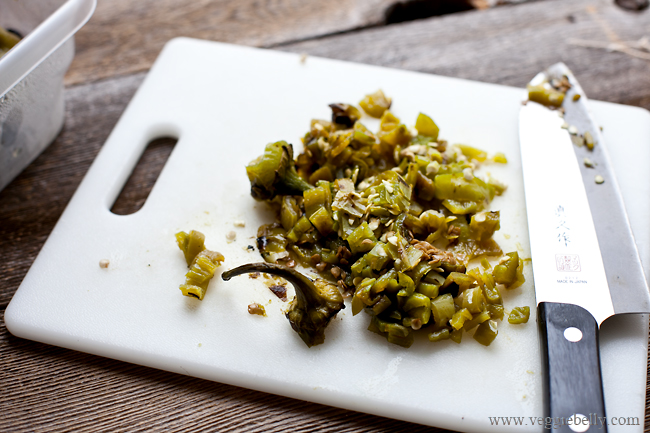
How to Roast Hatch Chiles in a Skillet
Ingredients
Hatch Chiles
Method
Select fairly straight chiles. The curved and twisted ones will be difficult to evenly char.
1. Heat a heavy bottom skillet on medium-high. Arrange the chiles in a single layer on the skillet. (You may have to do this in batches depending on how many chiles you have).
2. Let the chiles cook on medium-high heat until most their surface is charred and black.
3. At this point, flip the chiles over using tongs and let the other side char as well. If there are any large parts that are still green, use your tongs to gently press that part onto the surface of the skillet so that it gets some char.
4. When the chiles are well charred (its ok if there are little uncharred parts left), place them in a thick zip lock bag and close the bag. This will help steam the chiles and loosen the skin.
5. Keep putting the chiles in the zip lock bag as and when you are done roasting them.
6. Let the chiles steam in the closed Ziploc bag for about 15 minutes, or until the skins get lose and the chiles are cool enough to handle.
7. Now, using your fingers, peel away the charred skin and discard the skins. Place the peeled chiles on a plate or cookie sheet and let them cool completely.
8. Chop the cooled, roasted, peeled chiles. Place them in freezer bags and freeze for later.

